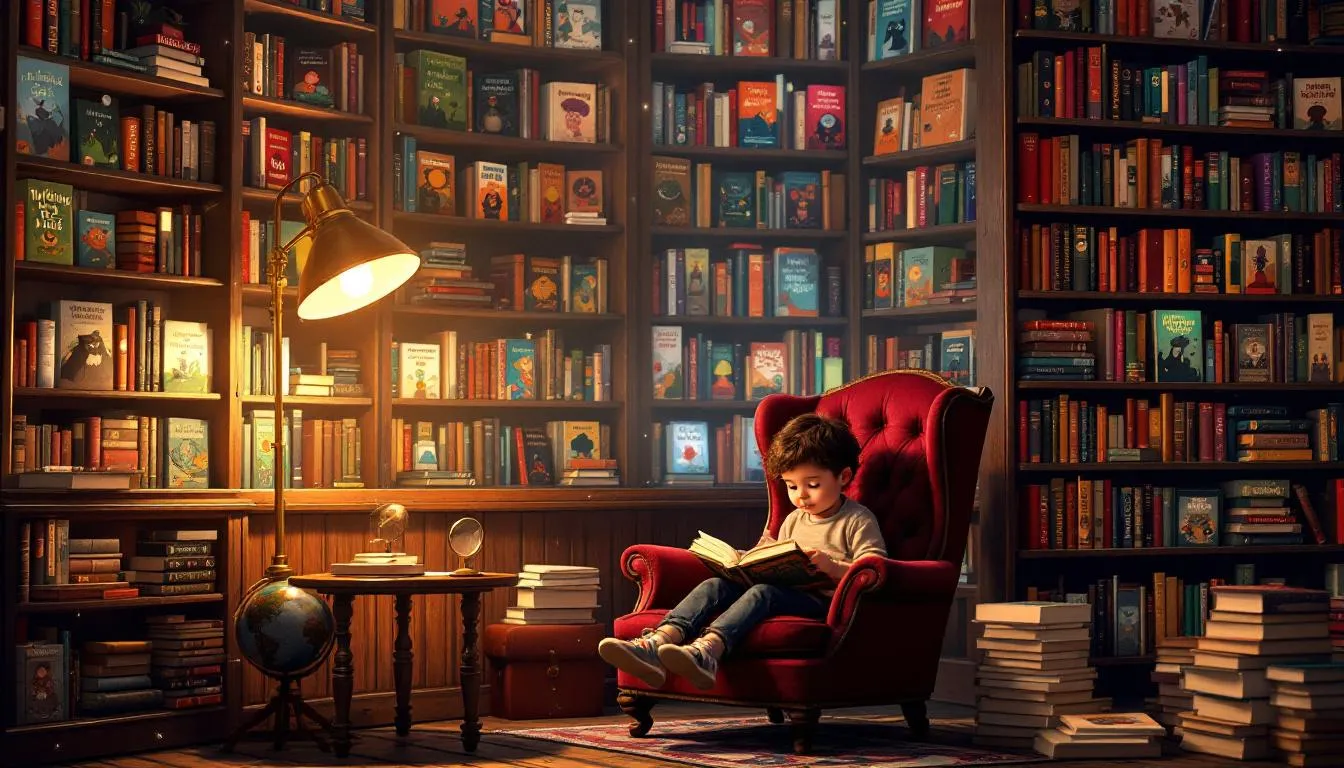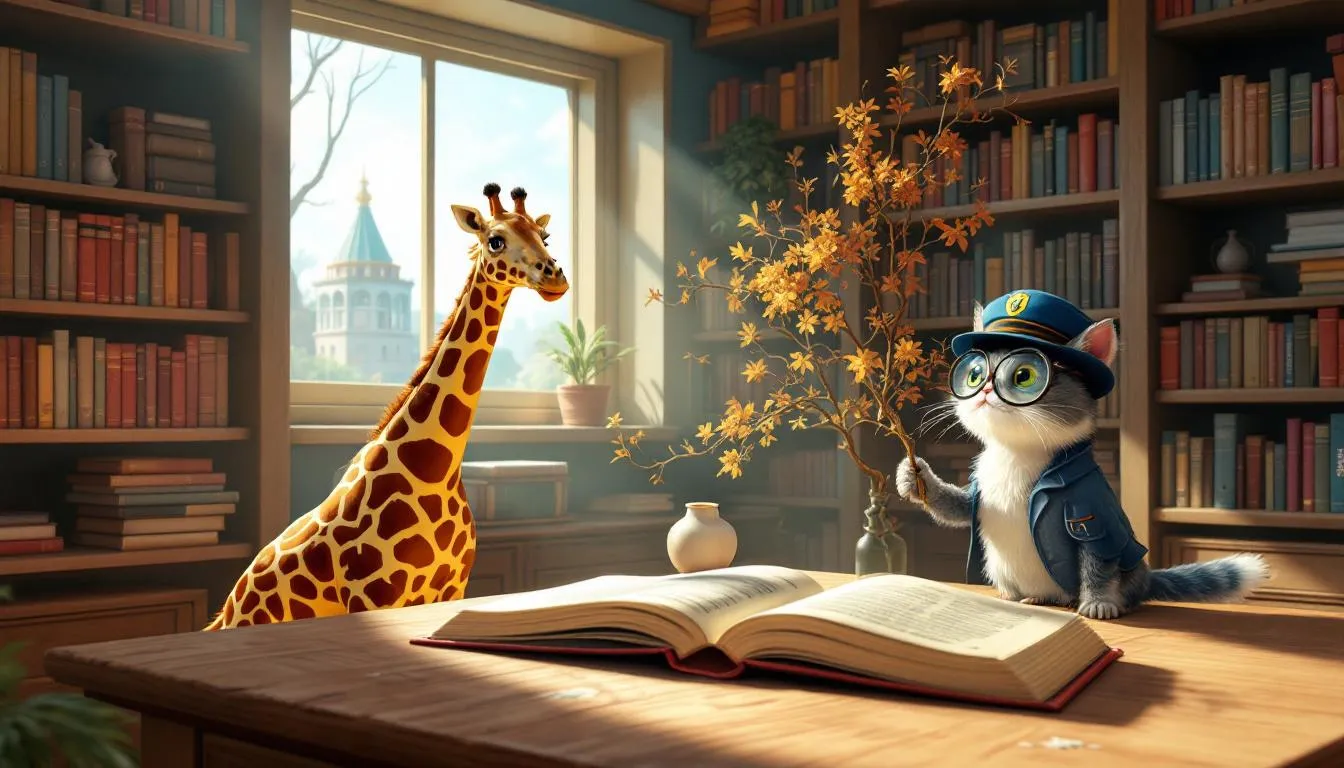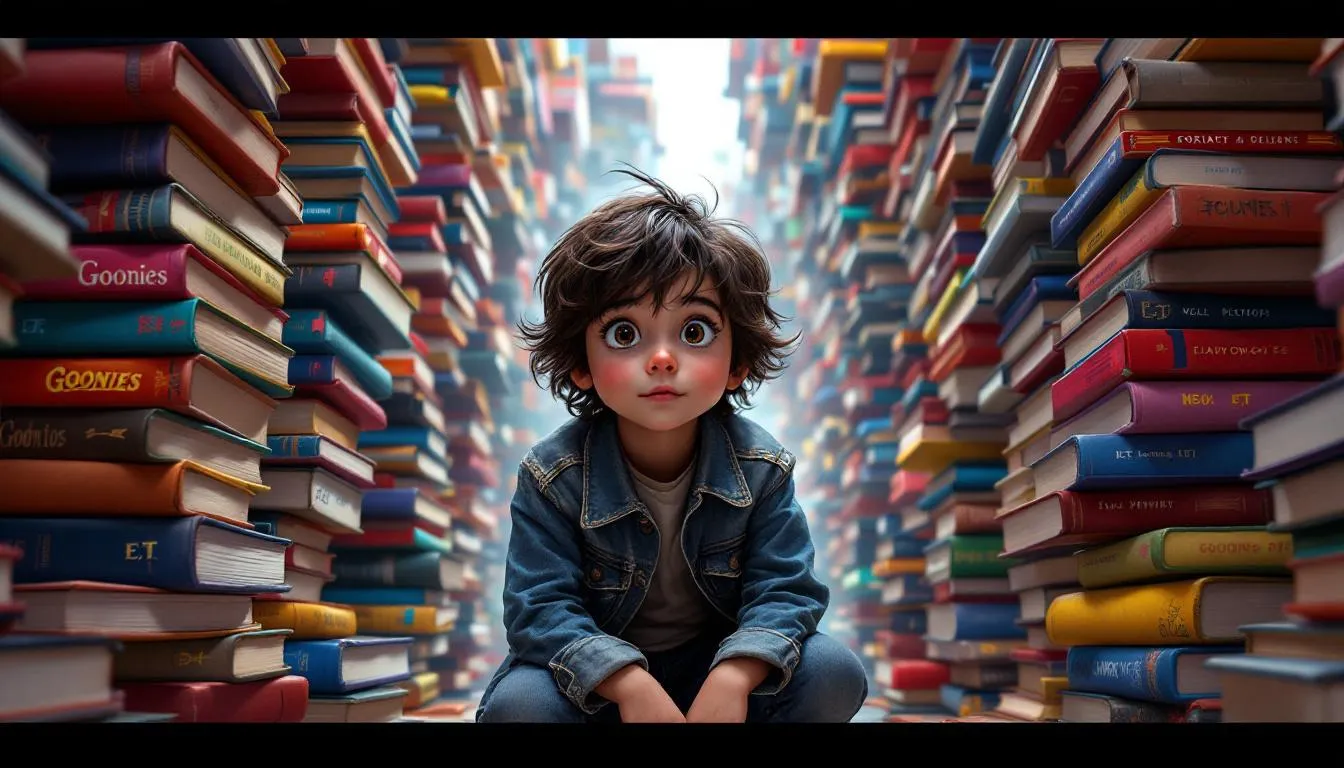Understanding and managing emotions is a monumental task for anyone, let alone a toddler. But what if there was a magical tool that could simplify this complex journey for our little ones? Enter children’s books. More than just bedtime stories, these vibrant narratives are powerful allies in fostering emotional intelligence from a young age.
Table of Contents
Quick Answer
Children’s books offer more than just bedtime stories—they’re vital tools for helping toddlers comprehend and manage their emotions. Through colorful illustrations and engaging narratives, these books introduce emotions in a way that young ones can easily grasp. The best books for toddlers use relatable stories and characters to guide them through the complex world of feelings.
Reading these books together can transform how young children perceive their emotions, laying a foundation for emotional intelligence.
Why Are These Books Perfect for Young Kids?
Picture a toddler on your lap, wide-eyed and captivated by a character navigating their feelings. This scene is more than cozy; it’s a crucial step in fostering emotional intelligence. Books for toddlers break down emotional complexities into bite-sized, digestible pieces.
Using simple language and vibrant illustrations, these books gently introduce emotions such as happiness, sadness, anger, and surprise. Characters often face emotional challenges, providing toddlers with relatable examples of emotional regulation strategies. It’s like a mini-therapy session unfolding on the pages, but with much more fun and whimsy.
The benefits of early emotional education are vast. By building empathy and social skills, these books prepare children for emotional challenges in school and beyond. Imagine a child who understands and can communicate their feelings—these are the foundational skills for forming healthy relationships.
To highlight the unique value of books compared to other educational approaches:
Beyond traditional books, innovative platforms like KidTeller are taking personalization to the next level. KidTeller creates a personalized storybook where your child is the hero. Just upload a photo, and we’ll generate a custom book filled with adventures made especially for your toddler or young child – magical, memorable, and uniquely theirs.
As we turn the page, let’s explore some specific book recommendations that have been game-changers for emotional awareness in toddlers.
Recommended Books for Emotional Awareness
Let’s explore some highly recommended books that have become favorites in many households for fostering emotional awareness in toddlers. These books are cherished by parents and teachers alike and perfectly align with young children’s developmental needs.
The Color Monster by Anna Llenas
One standout is “The Color Monster” by Anna Llenas. This book uses vibrant colors to represent different emotions, making it easier for toddlers to understand complex feelings. Picture a monster whose emotions are all mixed up—red for anger, blue for sadness, yellow for happiness. The story uses simple language and whimsical illustrations to guide children in identifying and organizing their emotions. Reading it with my little one often leads us to arrange colored blocks to match the monster’s feelings—a fun and educational activity!
In My Heart: A Book of Feelings by Jo Witek
Another gem is “In My Heart: A Book of Feelings” by Jo Witek. This book beautifully captures a wide range of emotions with poetic text and interactive heart-shaped cutouts. Each page turn feels like a gentle exploration of feelings, from bravery to fear, making it a perfect bedtime read. My toddler loves flipping through the pages, tracing the heart shapes with their fingers, and expressing how they feel throughout the day.
Grumpy Monkey by Suzanne Lang
For those days when your toddler is feeling particularly grumpy, “Grumpy Monkey” by Suzanne Lang is a must-read. This book cleverly communicates that experiencing challenging emotions like anger and frustration is okay. The story follows Jim Panzee as he learns that it’s perfectly normal to have off days. When my child faces a meltdown, reading about Jim’s day helps us both take a breath and recognize those feelings without judgment.
These books are designed to engage toddlers, considering their short attention spans. They incorporate interactive, visually appealing elements that encourage toddlers to focus and actively participate. By prompting toddlers to identify and label their emotions, these stories help build a vocabulary of feelings, crucial for emotional development.
As we continue on this journey to nurture emotional intelligence in our toddlers, it’s essential to consider integrating these books into their daily lives.
How to Integrate These Books Into Daily Life?
Reading with toddlers is like embarking on a daily adventure, and incorporating books about emotions into your routine can be both fun and impactful. Here’s how to make the most of this nurturing practice:
Daily Reading Strategies
- Set aside a specific time each day for reading. Whether it’s morning cuddles or a pre-nap ritual, consistency reinforces learning. My toddler and I have a “snuggle and story” time after lunch, which calms us down and sets the stage for midday reflection.
- Dive into the characters’ journeys by discussing the emotions and scenarios presented in the books. Ask open-ended questions like, “How do you think the monster feels when he’s all mixed up?” This invites your child to think deeply and communicate their thoughts.
Enhancing the Learning Experience
- Take it further by role-playing scenarios from the books. Pretend to be the grumpy monkey or the happy monster and practice different emotional responses. This playful mimicry helps toddlers understand emotions experientially.
- Encourage your little one to share their daily feelings by relating them to the characters. “Remember how Jim Panzee was grumpy? What made you feel like him today?” This not only validates their feelings but also bridges the gap between fiction and real life.
These strategies transform reading time into a dynamic learning experience, fostering empathy and self-awareness. As you continue this journey, you’ll notice a growing emotional vocabulary in your toddler, preparing them for life’s emotional rollercoasters.
Key Takeaways
- Books are invaluable for teaching toddlers about emotions through simple language and relatable stories.
- Reading together boosts emotional intelligence and strengthens the parent-child bond.
- Consistent reading helps develop empathy and social skills, crucial for nurturing emotional maturity.
- Choose books with engaging narratives and vibrant illustrations to captivate and educate young minds.
Remember, each story you share is a step toward raising a compassionate and emotionally aware child. Keep turning those pages and exploring the colorful world of emotions together!







